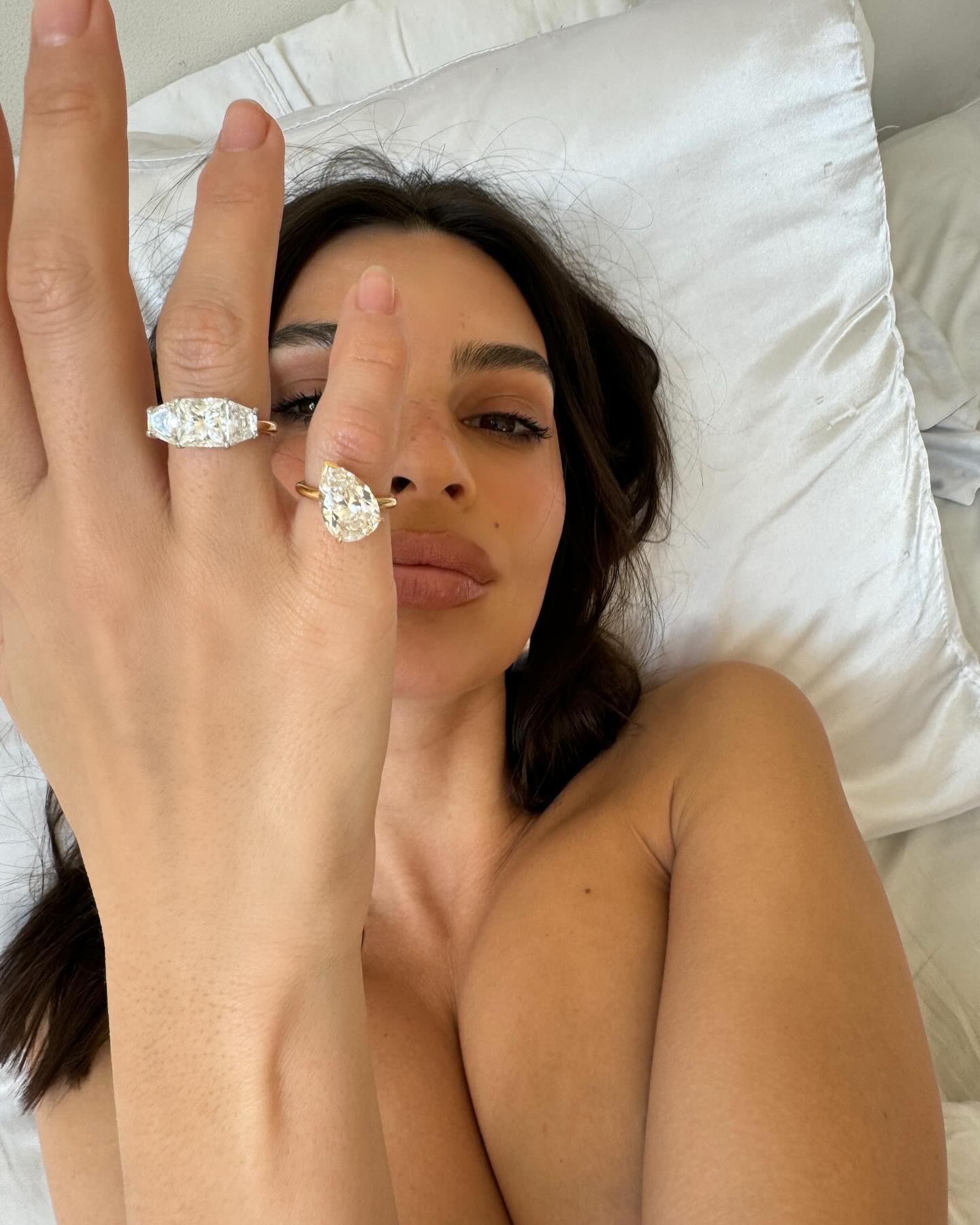Views: 27
In order to move forward with her divorce, Haley Mlotek had to sell nearly all her clothes. “I carefully packaged up basically everything I owned as neatly as I could with nice hangers and garment bags,” the Toronto-based writer recalls. She needed cash, so she brought her precious pieces to a consignment store in New York City, where she was living at the time, in 2016. “They gave me $397. The hour with the divorce lawyer was $400.” With this, she filed the proper paperwork and settled into her stripped-down wardrobe. “It kind of forced me to start over.” Mlotek is the author of No Fault: A Memoir of Romance and Divorce, a 2025 book recounting the dissolution of her marriage and investigating the history of heteronormative state-sanctioned unions. In her writing, Mlotek posits divorce as something of a romantic endeavour. She finds the vulnerable beauty in legally breaking things off: the implication that while this relationship ended, the next one might work out. Instead of the rigid edict that break-ups burn bridges, she charts a story about endings as a catalyst for self-discovery. [instagram-oembed url=”https://www.instagram.com/p/DACH82eyo90/?hl=en” /] These days, there seems to be an increasingly accepting, even celebratory, attitude around break-ups. Divorce parties are on the rise. There’s a booming business for newly single retreats. Some content creators have built careers being outspoken about leaving long-term partners. “I personally find it chic to be divorced by the age of 30,” Emily Ratajkowski declared in 2023, before going viral with her divorce rings the next year. We applaud splits—and the autonomy they stand for—more than ever. But what is often less explored is the quiet confusion that comes from that new aloneness. Who are you when you’re no longer with your partner?

Via Instagram/@emrata
Cindy Khin, founder and creative director of Toronto jewellery brand Buttercup Studio, says she went through an identity crisis of sorts after a big break-up in 2024. When her boyfriend of eight years ended things with her, she purged her closet. “I had to really ask myself, ‘Okay, what is my style?’” she recalls. Throughout their relationship, she often wore silk dresses, cutesy matching sets and light, languid fabrics. “I was taking inspiration from the rom-coms I grew up with,” she says. “Embracing my femininity in a softer way.” She was also influenced by his interests. “I got really into brands like Off-White, Supreme and Stussy because my partner loved them. But it was never really me.” During her closet cleanse, she discovered items that suddenly felt foreign, like an excess of cargo pants and bucket hats. “I didn’t even understand why I bought them.” She got rid of anything that didn’t feel like her and established a fresh fashion slate. In the months that followed, selecting clothes served as a recalibration—an exercise in coming back to herself.
“I’m open to love, but the relationship that I have with myself is so much more important to me.”
For Crista Lacqua, an editor based in New York City, fashion was also therapeutic post-break-up, though in a more immediate way. “I vividly remember what I wore right after I broke up with someone I was completely in love with,” she says. It was the end of summer 2022, and she knew the relationship wasn’t serving her long-term, so she cut it off. To avoid wallowing alone, she made last-minute dinner plans and slipped on something that was completely out of character: a vibrant orange halter-neck figure-hugging dress. “I never wear bright colours,” she explains. “But I think at the time, it helped me feel my best and push forward.” The pain of the situation made that particular outfit choice all the more memorable. While Lacqua didn’t get rid of clothes like Mlotek and Khin, she says she purposely avoided wearing certain pieces for a while because they reminded her of her ex. In grieving that relationship, the orange dress came to symbolize her prioritizing herself. To this day, she still sometimes incorporates bold colours into her otherwise Carolyn-Bessett-Kennedy-inspired wardrobe. “My core style has remained the same,” she reflects. “But the way I feel wearing it has definitely changed.” In the two years since her break-up, Khin’s style has entirely evolved. She invests in high-quality basics, no longer chases trends and feels most confident in a blazer or a well-tailored suit. “Those are things that I would never pick up during that relationship.” She swapped her pastel palette for all-black outfits—a stark shift that, to her, represents the confidence she gained post-break-up. “I know who I am and how I want to show up. I know what I want,” she reflects. “I’m going to get there.” [instagram-oembed url=”https://www.instagram.com/p/DDXs3_ZS99J/?hl=en&img_index=1″ /] Notably, she’s not dressing for the perception of a potential partner. “I’m open to love, but the relationship that I have with myself is so much more important to me.” Mlotek, too, has a different approach to style post-divorce. Looking back, she says she was surprised by how much she didn’t mourn the clothes she got rid of the day she sold her closet. “In the moment, I wondered, ‘Am I going to regret this?’ And now, so many years later, there are only two pieces I can clearly remember selling.” “I’ve started to see clothing as less something that’s supposed to hide my body and more something that can express what I want to say about myself,” Mlotek reflects. Before her book tour, she found herself back at a second-hand store—this time, Toronto’s VSP Consignment—to source outfits for her new endeavour. The experience challenged her to reconsider what looks good and feels right. As she tried on clothes, she recalls saying “This is too tight” to her friend. “She would look at me, and reply, ‘Is this too tight, or does this fit?’” Mlotek says. She credits her friends for pushing her to go bolder, and in general, she feels less attached to specific pieces. [instagram-oembed url=”https://www.instagram.com/p/DJUHTfXtmdt/?hl=en&img_index=1″ /] In the end, perhaps some clothes, like relationships, are meant to come into your life for a limited time and then disappear again. “Nothing’s permanent,” Mlotek continues. “Material objects—those which are so intimate and part of your body—are also so fragile; they fall apart, they get lost. You have to give them up. And that just kind of makes them more precious.” Continue Reading



